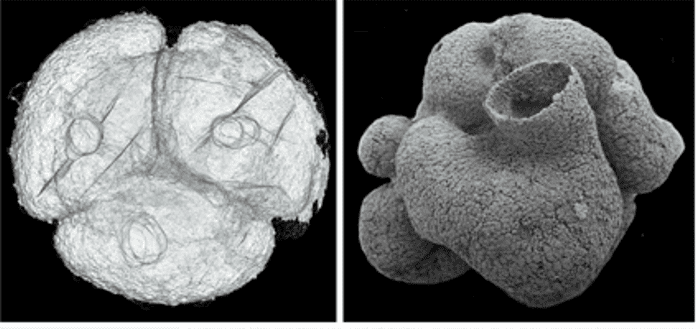The origin and early evolution of multicellular animals has intrigued scientists for a long time, especially since there is a discrepancy between molecular clock estimates and fossil evidence.
Molecular clock analyses indicate that the Metazoa orginated somewhere between 850 and 650 million years ago, in a period called the ‘Neoproterozoic Era’. This is at odds with fossil evidence dating the appearance of animals back to the base of the Cambrian period – around 541 million years ago – and thus more than 100 million years later than the molecular clock estimates. This mismatch can be explained by the limited preservation potential of early metazoans, as well as by the difficulties associated with their identification in the early fossil record.

However, in their review in BioEssays, John Cunningham et al. argue that the discrepancy is less pronounced than outlined above. Biomarker evidence suggests that animals may have been present by approximately 635 million years ago, narrowing the gap between molecular clock estimates and the fossil record.
To further close the gap between the fossil record and molecular clock estimates, the authors propose that palaeontologists should improve their understanding of known fossils. In addition, time intervals and environments that are currently under-represented by fossils should be targeted for sampling.

















